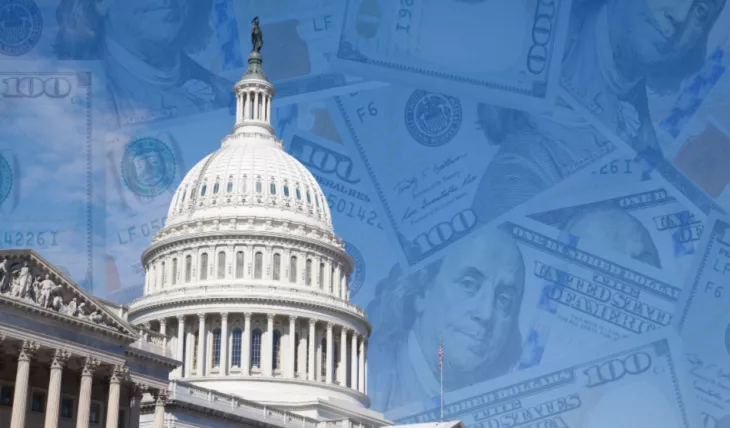President Biden put forward a budget for 2023 back in late March, and it could signify an influx of Veterans needing rides from NEMT transportation brokers and other providers. According to a report from Becker’s Hospital Review, “[the] proposed budget allocates $119 billion, or a 32 percent increase, to medical care for veterans.” This will provide full funding for such programs as mental health, inpatient, long-term care, and outpatient programs.
How Will it Affect NEMT?
Take a look at some of the programs involved in VA healthcare support:
- Beneficiary Travel (BT) which reimburses travel expenses, provides pre-approved travel, and sets up special mode transportation for travel to and from VA facilities.
- Veterans Transportation Service (VTS) which provides similar services to the above but also covers trips to non-VA appointments.
- Highly Rural Transportation Grants (HRTG) which provide funding for veterans who are in areas that wouldn’t normally be offered any sort of transportation benefit due to being highly remote.
According to Vantage Point, one of the biggest barriers to healthcare for veterans is transportation issues.
While we don’t know exactly where every dollar of the budget will go, it’s safe to assume that, due to identified barriers, a healthy chunk of it will be dedicated to the three programs mentioned in the list above.
Where there’s new funding in medical transportation management efforts, there’s an influx of people needing rides and an opportunity for NEMT professionals.
What Can You Do?
If we take the example set by the VA-Uber Health Connect (VUHC) program, we can see that there’s serious potential to provide valuable services to veterans. This program only used Uber vehicles to help them get to and from appointments and they still saw a reduction in no-shows and late arrivals, increases in positive health outcomes, and possible cost-savings due to a dip in missed appointments.
The potential to help increases exponentially when we consider what NEMT transportation brokers and other transportation providers can offer that just Uber drivers and their vehicles can’t deliver. Some key factors that immediately come to mind are:
- Access to more vehicles with better wheelchair accessibility.
- Drivers with training specific to the needs of the people who use their services.
- Fleets of vehicles that can accommodate more riders than typical Uber vehicles.
Time to Step Up
The biggest obstacle for NEMT professionals will be meeting the demand created from this influx of members who may have some unique needs. While hiring new talent and buying more vehicles is a tried and true way of meeting these new needs, there’s new and exciting possibilities in autonomous vehicles for meeting growing demand. Our field is growing and evolving and innovation is often the best way to stay in step with upcoming changes like what President Biden’s budget could bring about.
